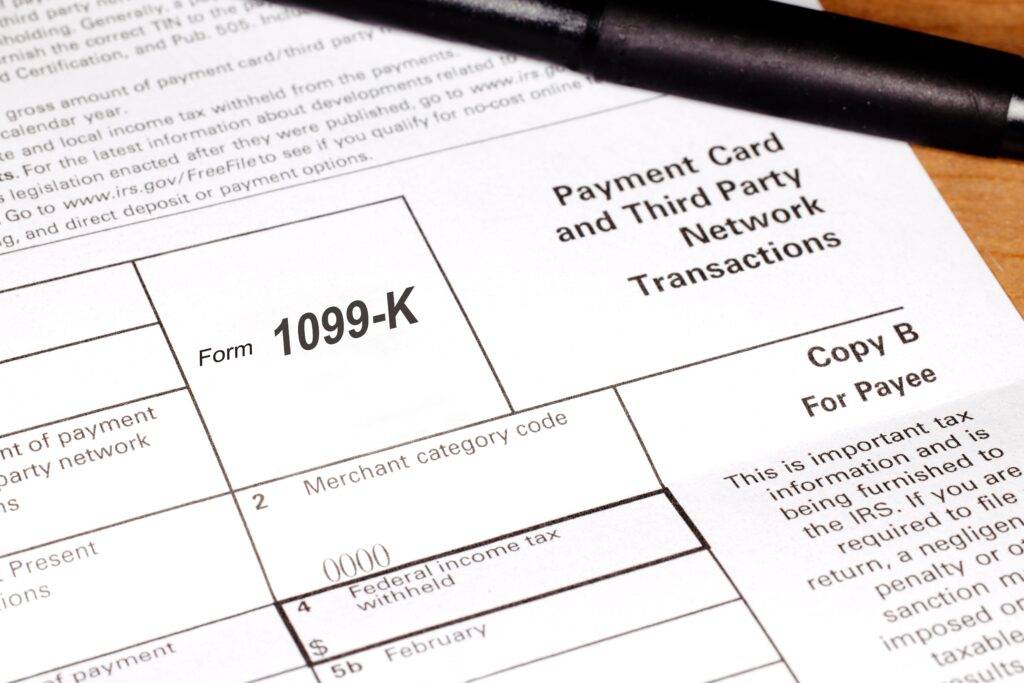
- |
- TaxByte
New IRS guidance establishes transition rules for CFC dividends, bifurcates PTEP into pre- and post-June
5 min read
SHOP THE WINTER SALE – Get deals across the digital catalog, conferences, credit packages, and more.

The One Big Beautiful Bill has significantly altered the landscape of Form 1099 reporting requirements, providing needed relief for both taxpayers, practitioners, and the IRS. These changes affect both Form 1099-K and traditional 1099-NEC/MISC reporting thresholds, with implementation beginning in 2025.
The most significant change reverses the controversial $600 reporting threshold for Form 1099-K that was scheduled to take effect in 2026. Instead, the law reverts to the pre-American Rescue Plan Act rules that many practitioners will remember fondly.
This means third-party settlement organizations (payment apps, online marketplaces, etc.) will only be required to issue Form 1099-K when BOTH conditions are met:
Starting in 2026, the reporting threshold for payments to persons engaged in a trade or business and remuneration for services increases dramatically from $600 to $2,000. This represents the first significant adjustment to these thresholds since 1954.
These changes represent a significant victory for small business advocates and provide meaningful administrative relief. However, they also underscore the importance of maintaining robust record-keeping practices and client education programs. The reduction in third-party reporting doesn’t eliminate income reporting obligations. These obligations simply shift more responsibility to taxpayers and their advisors.
Tax professionals should begin preparing clients for these changes now, particularly regarding the importance of maintaining detailed transaction records even when 1099 forms may not be issued.
Subscribe to our news, analysis, and updates to receive 10% off your first purchase of an on-demand digital CPE course.